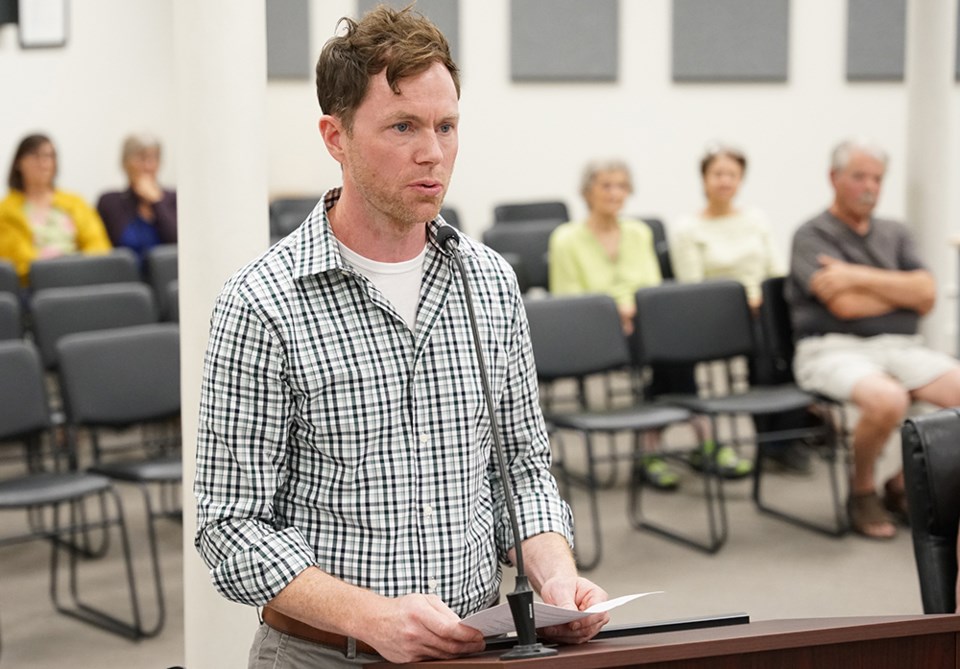City of Powell River Council was given an overview of its roles and responsibilities related to a possible large-property subdivision in Wildwood.
At the August 17 city council meeting, director of planning services Jason Gow said the report he had written for councillors was for information and relates to an anticipated Wildwood subdivision proposal.
“The property in question is a 19-acre vacant parcel adjacent to a mobile home park, surrounded on all sides by single-family residential properties,” said Gow. “The zoning of the property is RA1, which is residential agriculture. The zoning is specific to Wildwood and it is consistent with the adjacent single-family residential properties that are zoned the same.
“It is anticipated that the property owner will make an application to subdivide these lands soon, based on preliminary conversations with the owner. It’s expected that the proposed subdivision will aim to achieve lot sizes in line with the minimum parcel size requirement of the RA1 zone.”
Gow said it is estimated the lot yield could range from 70 to 90 new lots, largely dependent on the infrastructure required – the proposed road network, the required tree retention, and other environmental considerations.
At the July 11 committee of the whole meeting, a delegation by Sara Dent made a presentation to councillors to raise awareness of her concerns about this anticipated subdivision proposal, said Gow. At that same meeting, staff was directed to report on current and possible future uses of the subject property and the implications of the delegation’s request, which was that council send a qualified environmental professional to determine if there are any species or ecosystems at risk, he added.
Gow said direction to staff to report on an anticipated subdivision is uncommon because subdivision approval rests with the approving officer [Gow] and is outside the purview of council.
“Council’s role when it comes to subdivision is quite limited,” said Gow. “This is unlike many other types of development applications, such as rezoning and development variance permits, where there are presentations to council and public consultation requirements.
“In this case, there is no legal requirement to engage the community about an application to subdivide land. This means that when a subdivision application is submitted, if it is zoned appropriately to support a proposed plan and no variances are required, it can move forward without public consultation or presentations to council.”
Gow said this is one of the concerns that Dent holds, and she is of the opinion that based on the scale of development proposed, meaningful engagement with the community should be required.
“While this is an understandable position by a resident who would be directly impacted should this subdivision be approved, it doesn’t align with the legislation for subdivisions in British Columbia,” said Gow. “There are limited processes here for council to get involved.”
Join the Peak's email list for the top headline right in your inbox Monday to Friday: prpeak.com/account/mailinglist.



